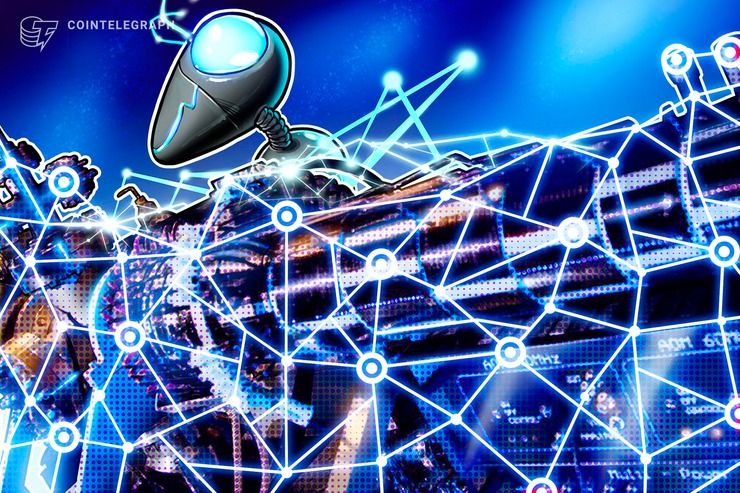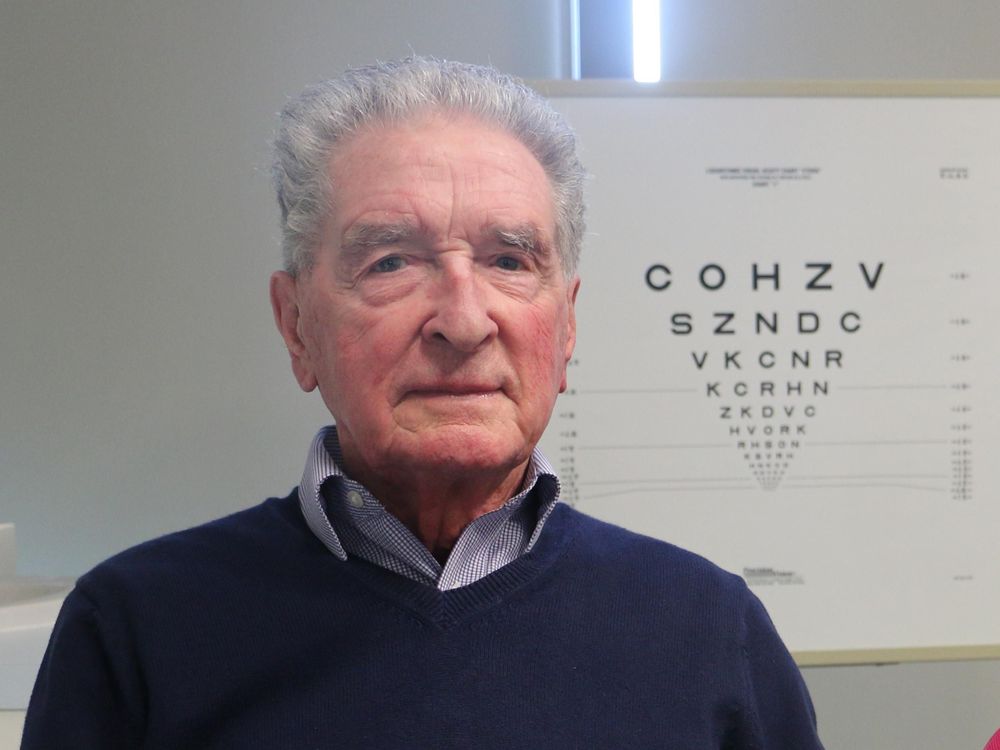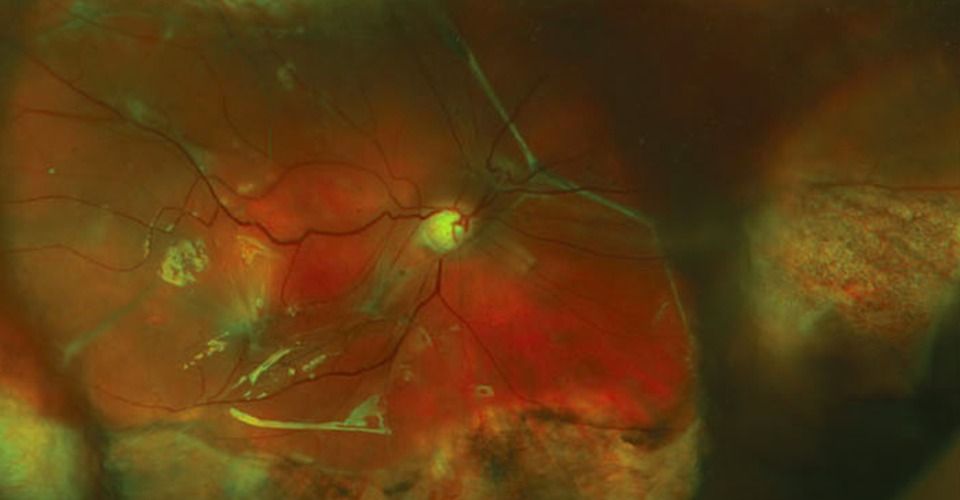Quantum computers will not kill blockchain, but they might trigger fundamental changes in underlying cryptography.



Recently, we have started to hear the concept of artificial intelligence as often as we have never met. This technology, which is no longer a fantastic science fiction element but is included in our lives, is ranked first among the technology trends that will shape the years to come.
Artificial intelligence, which can be explained by the fact that computers can make use of human thinking, reasoning, perception, comprehension, judgment and inference abilities, is the understanding of information about the environment of a machine in practice.
In this way, an artificial intelligence system optimizes the acquired data and becomes usable in daily life. We can say that many studies have been done about artificial intelligence from past to present, some of them being shelved and some of them pioneering today’s technology.



We’re now rapidly approaching a pivotal moment in the history of this planet, when through scientific discovery an intelligent species could become a race of demigods, THE RACE OF THE IMMORTALS.
It’s quite achievable now. In fact, that will probably happen in two stages: First stage — we have to extend our lifespan with ever-improving Biotechnology. Aging is declared a desease, and around 2029, with the advances in Nanotechnology and Artificial Intelligence, we will be able start to reverse aging and add more than one year every year to an average life expectancy.
So if you’re alive in 2030, chances are you’ll live to 100 and beyond. What life would be like on the other side, when you know you can live indefinitely long? Well, we’ll get used to it and adjust accordingly. We’ll merge into the Global Brain, and emerge as the Global Mind.




Cancer cells genetically engineered to fight their own kind.